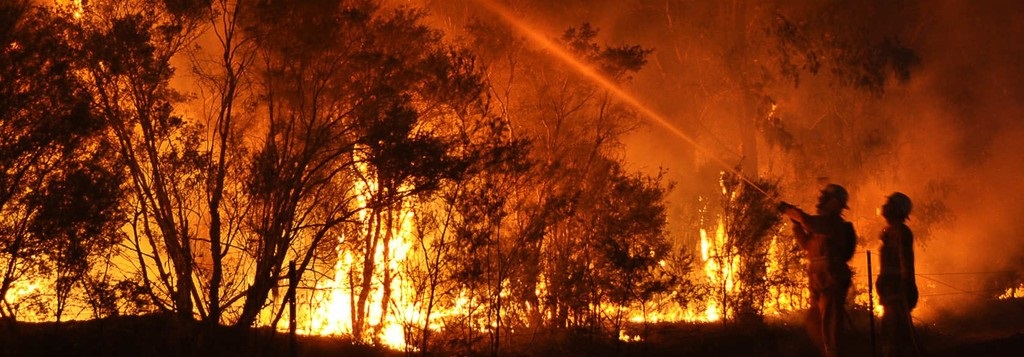The Time to Act Is Now! Drastic and Immediate Change Needed to Avoid Catastrophic Climate Change
 The Time to Act Is Now! Drastic and Immediate Change Needed to Avoid Catastrophic Climate Change
The Time to Act Is Now! Drastic and Immediate Change Needed to Avoid Catastrophic Climate Change
Doha, December 2021
The Time to Act Is Now! Drastic and Immediate Change Needed to Avoid Catastrophic Climate Change
Many countries and companies have pledged to be carbon neutral by 2050 or soon after, however the path to such a scenario is littered with obstacles. Scientists have devised plans that outline how net-zero emissions can be reached by 2050. Some rely solely on renewable energy, as many environmentalists prefer, others lean on other technologies such as nuclear power or carbon capture. Each approach carries different social and economic trade-offs. However, most researchers agree that drastic changes in society and technological advancements are needed over the next decade to stay on pace for net-zero by the mid-century.
Large parts of the economy still rely on fossil fuels and don’t yet have obvious alternatives. For example, electrically charged batteries are a feasible power option for aircraft, but current batteries are heavy and, while cars have roads to help support their weight, planes need to support themselves in the air. Batteries will need to contain enough energy to replace jet fuel while not increasing the plane’s weight too much.
The need for immediate action also presents a great challenge. In 2020, the United States installed nearly 17,000 megawatts of wind power[1] on land and 19 gigawatts of solar power capacity[2], smashing records. But that annual pace will need to dramatically increase over the next decade, transforming the landscapes in states like Florida or Missouri. Meanwhile, in heavy industry, if manufacturers hope to capture carbon dioxide spewing from cement factories, they will need to start constructing early demonstration plants this decade, plus thousands of miles of pipelines to transport the captured gas to underground burial sites.
“The scale of what we have to build in a very short time frame surprised me,” said Christopher Greig, a senior scientist at Princeton’s Andlinger Centre for Energy and the Environment. “We can do this, we can afford this, but now it’s time to roll up our sleeves and figure out how to get it done.”
Furthermore, it is also unclear if the global population will accept the new technology that is required to hit the targets set out in the Paris Agreement, adopted by more than 195 World Leaders, at the 2015 United Nations Climate Change Conference (COP 21). There may be community opposition to infrastructure such as plug-in cars, which took just 4.6% of the global market share in 2020[3], and electric furnaces. While developing a skilled workforce at the pace required to accelerate project timelines to align with a 1.5°C future could also be fraught with issues. If electrification is slow to take off, getting to net-zero could require other potentially difficult options, like huge quantities of biofuels or green hydrogen to supplant oil and gas.
To learn more about climate change mitigation technologies and the realistic scenarios for reaching net-zero by mid-century you can download the latest Sustainability Report HERE.